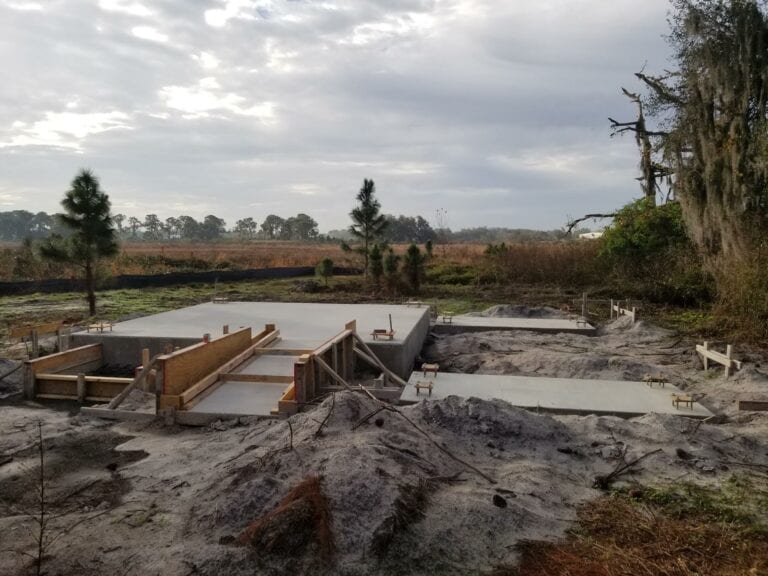
McIntosh Park is officially getting two miles of trails as well as a wildlife viewing observation tower.
McIntosh Park is one step closer toward becoming a major destination in Plant City.
The park, which lies on 363 acres at 775 East Knights Griffin Road, has long been a passive recreational park. The goal is to transform it into a facility that both highlights the beauty of nature and offers unique experiences for those who attend. Approximately 120 acres of the park have been used as stormwater treatment from the City of Plant City’s canal system via an agreement with SWFWMD.

It opened to the public in 2015 and had rudimentary trails cut into the grass at the site. Over the past month, massive changes have furthered the immense upgrade to the land. The current construction all lies under Phase 1 of the project. Trail paths have been cleared at the site and a surface material will be applied to make it more convenient to walkers. The city is building two miles of trails as well as an observation tower at the property.
The wildlife observation tower itself will look out over the scenic nature that encompasses the park. In order to be ADA compliant, there will be a video viewing interface at the bottom of the tower that will allow those at its base to see the view from the top of the facility. The trails and observation tower are planned to be completed and reopened to the public at the end of April.
City Manager Bill McDaniel has long said he hopes McIntosh Park will become “one of the best nature preserves in the state” and serve as an amenity to draw visitors from all over the country to Plant City.
One of the big changes to the site is the addition of parking improvements that make the site much more accessible to the community. The trails and tower will be easily navigated and will weave throughout a portion of the park. However, the approximately 120 acres of McIntosh Park used for water management will get some upgrades of its own.
The city wants McIntosh to become a method of developing an integrated water management solution for the community. It essentially will act as stormwater treatment, which will balance the water supply via a natural habitat preserve. The city aims to expand the wetlands on the property and improve the hydrology of the area so “the stormwater that is routed offline in the southeastern corner will be treated and reduce 3,000 pounds of nitrogen and 1,500 pounds of phosphorus from the Hillsborough River,” according to the city.

If push comes to shove, Plant City will then be able to hydrate the wetlands during periods of drought via reclaimed water. McDaniel called it a “tremendously impactful infrastructure project combined with a beautiful wildlife and wetlands project” and said that it truly will address multiple needs in the community when completed.
It’s a plan that requires three phases to bring everything to fruition. City leaders have met with politicians and public officials to discuss the park and share its positive impact on the environment and the community at large. When last year’s fiscal end came to a close, many city commissioners including Mayor Rick Lott mentioned McIntosh as one of the projects they were most excited to see come to life.
